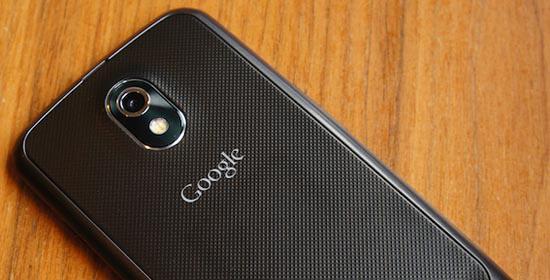
Time to put on those sleuthing caps, friends. Some new Federal Communications Commission filings have revealed that Google is interested in building a small wireless network around its campus in Mountain View. As noted by The Wall Street Journal and engineer Steven Crowley, the docs mention that Google is planning to use a total of up to 50 base stations (both indoors and outdoors) and 200 mysterious user devices. The network that Google wants to build would use a small batch of frequencies between 2524MHz and 2625MHz, which Crowley notes are utilized by Clearwire for wireless service.
Unfortunately for us, Google hasn't spilled many other details of its plans, so it's not clear exactly what the goal of this experiment is. Google told the WSJ that it frequently conducts experiments and left it at that, and the company has requested that much of the information be made confidential. However, one of the documents does mention that the information that Google wants to be kept under wraps "concerns the highly competitive consumer electronics market" and that these details on its private operations would typically be shielded from the company's competition.
Considering all of the information that Google has had blocked in its filing, it's a bit tough to discern what Google is running this experiment for and what hardware it'll be using. The project has certainly piqued our interest, though. It's been rumored in the past that Google and Dish have held talks about teaming up to build a wireless service, and Dish recently got the A-OK from the FCC to build out a wireless network using some of its spectrum. Dish also put in a bid for Clearwire earlier this month that was higher than Sprint's, and while it's not yet clear if anything will actually come of Dish's bid, the company is trying to make something happen. For now we'll just have to speculate on what El Goog might be planning and hope that more details come out soon. The company's regulatory filings can be found at the FCC links below.
Via The Verge, The Wall Street Journal, Steven Crowley, FCC (1), (2), (3)